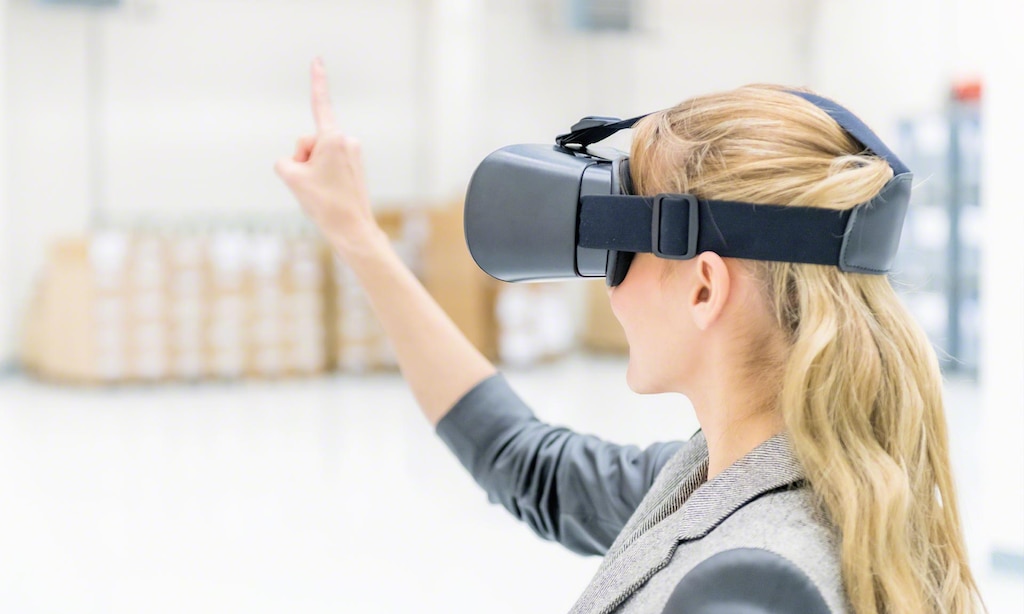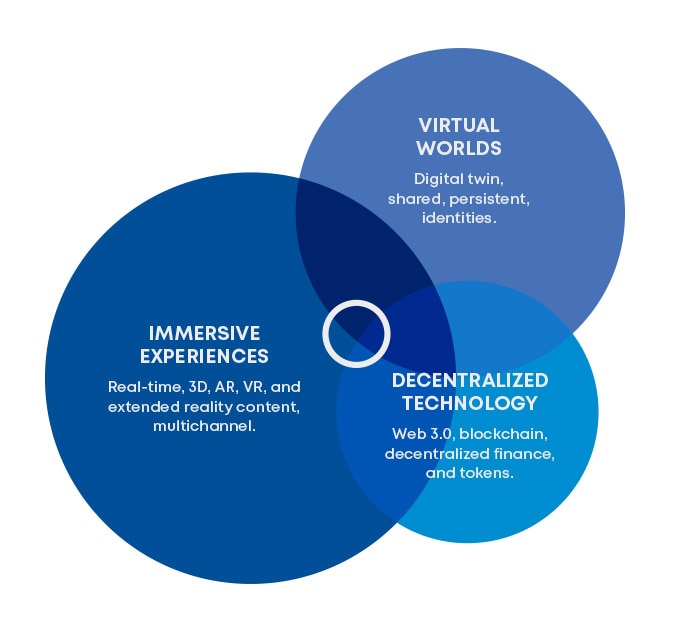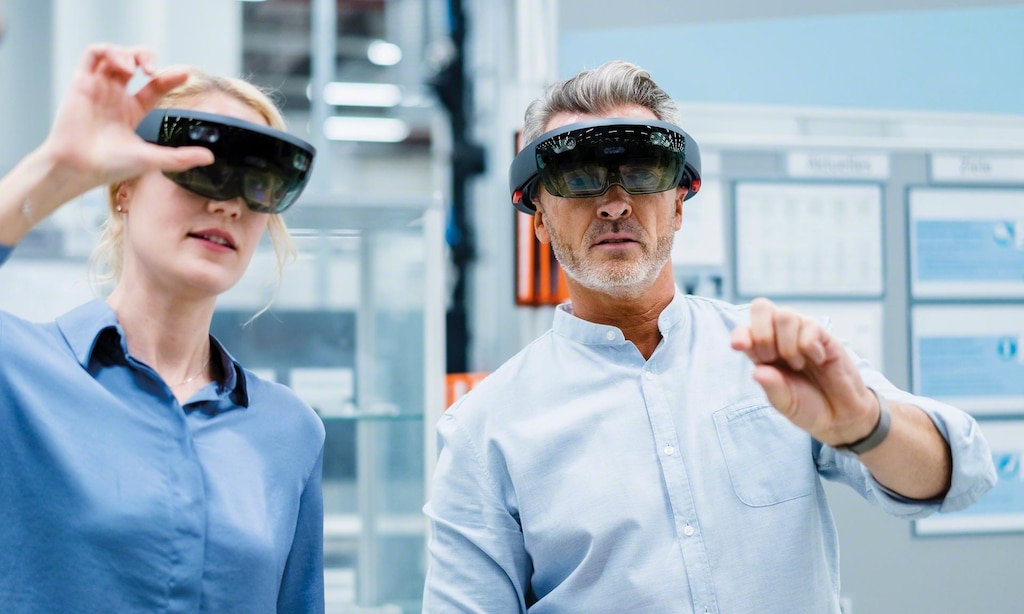Most companies remain cautious about a development that has piqued the curiosity of nine in ten consumers.

Presently, the metaverse is a term used to refer to several innovations. The consensus is that it describes a virtual or augmented reality (VR/AR) world for gamers or social media users. However, this definition limits the scope of what the metaverse can achieve and its significant commercial and industrial potential. The study The metaverse: opportunities for business operations by Capgemini reports that the metaverse will transform industries such as consumer goods, healthcare, and training. Businesses in the supply chain, human resources, operations, and finance sectors will also undergo changes.
According to Capgemini, the term metaverse denotes “an open network of decentralized 3D virtual and hybrid worlds.” Parallel to the physical world, this stable environment is designed to merge online digital and real-life experiences. It provides users with a sense of presence, regardless of the place, time, or device from which they connect.
The consulting firm stresses that companies must align their services with the digital expectations of the new generations. An overwhelming share of millennials (80%) affirm that their lives depend on technology. Moreover, most VR headset owners hope to use them to purchase or experience products before making a decision. Nevertheless, three out of five companies prefer to take a “watch-and-wait approach” to the metaverse because they are unsure how to implement it or what its outcomes will be.

The metaverse will evolve as a business platform connecting virtual worlds, immersive experiences, and decentralized technology
Advantages of the metaverse
Some of the metaverse’s strengths are related to its immersive nature. For example, it simulates physical elements to test different scenarios, enables collaboration through avatars, visualizes the consequences of actions, and invents non-existent scenarios to anticipate the future. Capgemini forecasts the following transformations in consumer goods, healthcare, and education:
- Consumer products. Retailers will improve the customer experience by enabling users to visualize different product models without the need to visit stores or use software. This immersion will be vital for their purchasing decisions. In addition, it will provide retailers with relevant data and insights.
- Healthcare. Surgeons are already employing VR devices to experiment with and practice new methods before operating in real life. Consequently, more lives will be saved.
- Training. Beyond surgical training, the metaverse will make education accessible in other areas and sectors. For instance, it will be used to onboard new hires.

A world of digital twins
The metaverse will be an environment with digital twins that organizations can leverage to visualize, test, and optimize their processes before implementing changes in the real world. These are some sectors that will experience significant disruption:
- Supply chain and procurement. Warehouse management is an application that could be transformed by the metaverse. Experts will collaborate to ensure maintenance even from remote locations. Staff can be trained more quickly, and AR will streamline order picking. Furthermore, in coordination with a warehouse management system, VR headsets could provide more information about the contents of each shelf.
- Customer relations. The metaverse is expected to redesign customer service, enable in-store shopping experiences without travel, and create stronger emotional bonds between consumers and businesses. The use of devices such as VR glasses will enable organizations to analyze data about eye tracking, and advertising will need to adapt to this new medium.
- Human resources. Employees who work remotely can interact with their coworkers in virtual meeting rooms through their avatars. On-the-job training will also be enhanced through replicas of products, machines, or tools employed in the workplace.
- Finance and accounting. Financial directors will be able to view 3D images of various metrics and the dependencies between them, verify results, and employ digital twins to compare the organization’s current processes with its targets.
